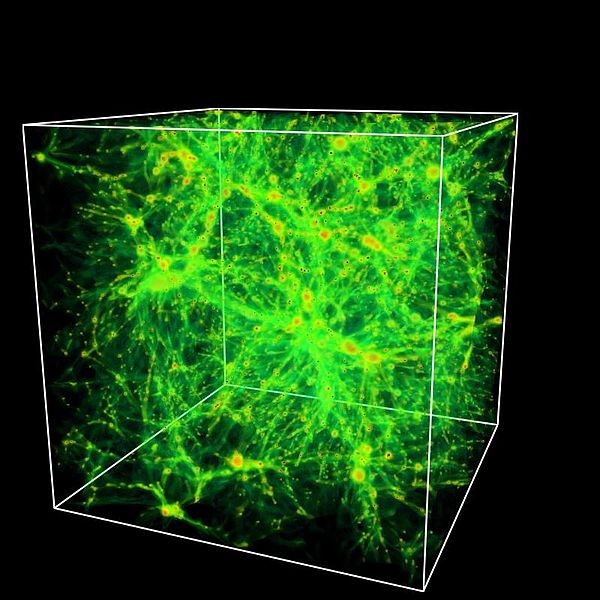
Image 1 Caption: "Computer simulation showing the distribution of warm-hot intergalactic medium (WHIM)." (Slightly edited.)
There is little information with this image, but it shows the cosmic web in WHIM in false color. Yours truly guesses the computer simulation cube is of order a gigaparsecs (Gpc) on a side and the cosmic time is cosmic present = to the age of the observable universe = 13.797(23) Gyr (Planck 2018) (see Planck 2018: Age of the observable universe = 13.797(23) Gyr). The temperature increases black → green → yellow → red. The colored regions are essentially the galaxy filamentary structure and the black regions are essentially the voids.
Let us now explicate the intergalactic medium (IGM):
-
The baryonic matter
between galaxies
is called the
intergalactic medium (IGM).
It is mostly has the
primordial cosmic composition (fiducial values by mass fraction:
0.75 H, 0.25 He-4, 0.001 D, 0.0001 He-3, 10**(-9) Li-7).
Some IGM is
polluted by metals from outflows from
galaxies, but this is probably
a very small contribution.
- Image 2 Caption: "Time evolution of the light element abundances during the Big Bang nucleosynthesis era (cosmic time ∼ 10--1200 s ≅ 0.17--20 m). Please note that time (upper axis) increases to the right, and so the temperature is shown to decrease to the right." (Slightly edited.)
- The IGM has very low density on average, but there is a lot of volume in intergalactic space, and so the baryonic matter there is about 9 times the stellar matter.
- Intergalactic space also has the dark matter which is about 6 more abundant than the baryonic matter. One usually does NOT consider the dark matter as part of the IGM although it certainly is one sense.
- Intergalactic space can be divided into voids (with very few galaxies) and galaxy filamentary structure (with many galaxies). The 2 components probably have about the same amount of baryonic matter (see Wikipedia: Warm-hot intergalactic medium).
- Over cosmic time, some IGM from the voids falls into the galaxy filamentary structure due to gravity. The kinetic energy of infall becomes heat energy of the infallen IGM. The infallen IGM is called the warm-hot intergalactic medium (WHIM). It has temperature in the range ∼ 10**5--10**7 K.
- WHIM radiates very weakly in the X-ray band (fiducial range 0.1--100 Å). Hence it and the void IGM (which is cooler but also very non-radiating for that reason????) is what is called the baryonic dark matter since it is nearly unobservable. However, the WHIM has been observed since circa 2020.
- The intracluster medium is usually considered distinct from the intergalactic medium (IGM).
- Image 2 Caption: "Time evolution of the light element abundances during the Big Bang nucleosynthesis era (cosmic time ∼ 10--1200 s ≅ 0.17--20 m). Please note that time (upper axis) increases to the right, and so the temperature is shown to decrease to the right." (Slightly edited.)
-
Images:
- Credit/Permission: ©
anonymous,
before or circa 2016
(uploaded to
Wikimedia Commons
by User:Britt4298,
2016) /
CC BY-SA 4.0.
Image link: Wikimedia Commons: File:WHIM.jpg.
- Credit/Permission: ©
Tsung-Han Yeh,
Keith A. Olive (1956--),
Brian D. Fields,
2023
(uploaded to
Wikimedia Commons
by User:Pamputt,
2023) /
CC BY-SA 4.0.
Image link: Wikimedia Commons: File:Universe-09-00183-g004.png.
File: Cosmology file: intergalactic_medium.html.
